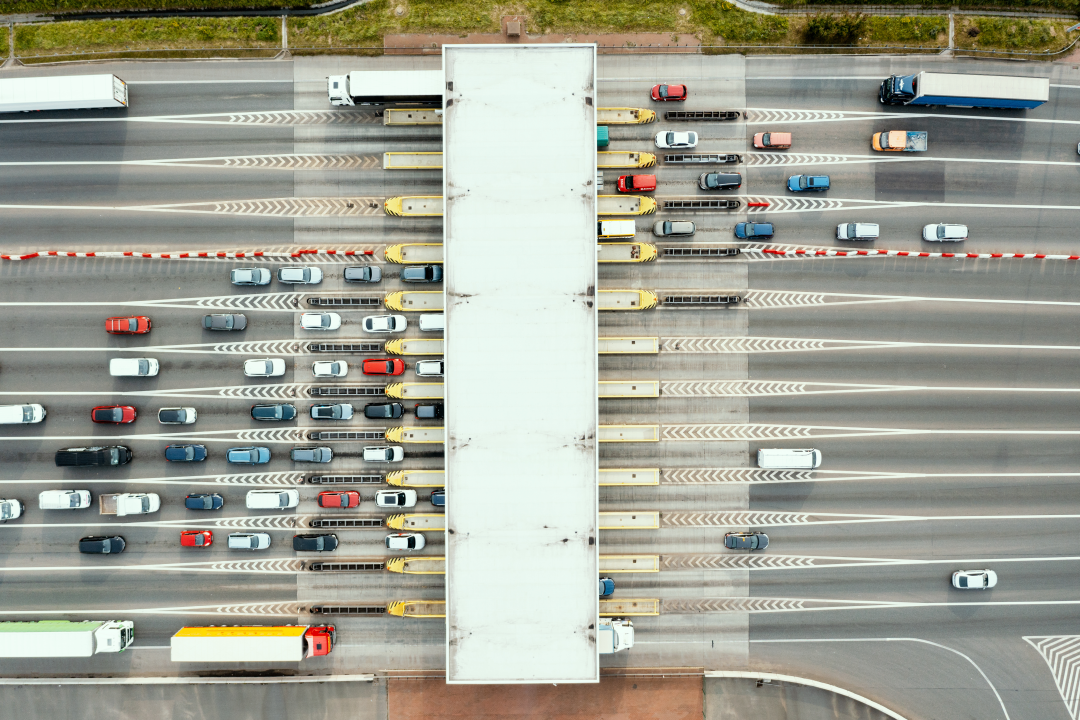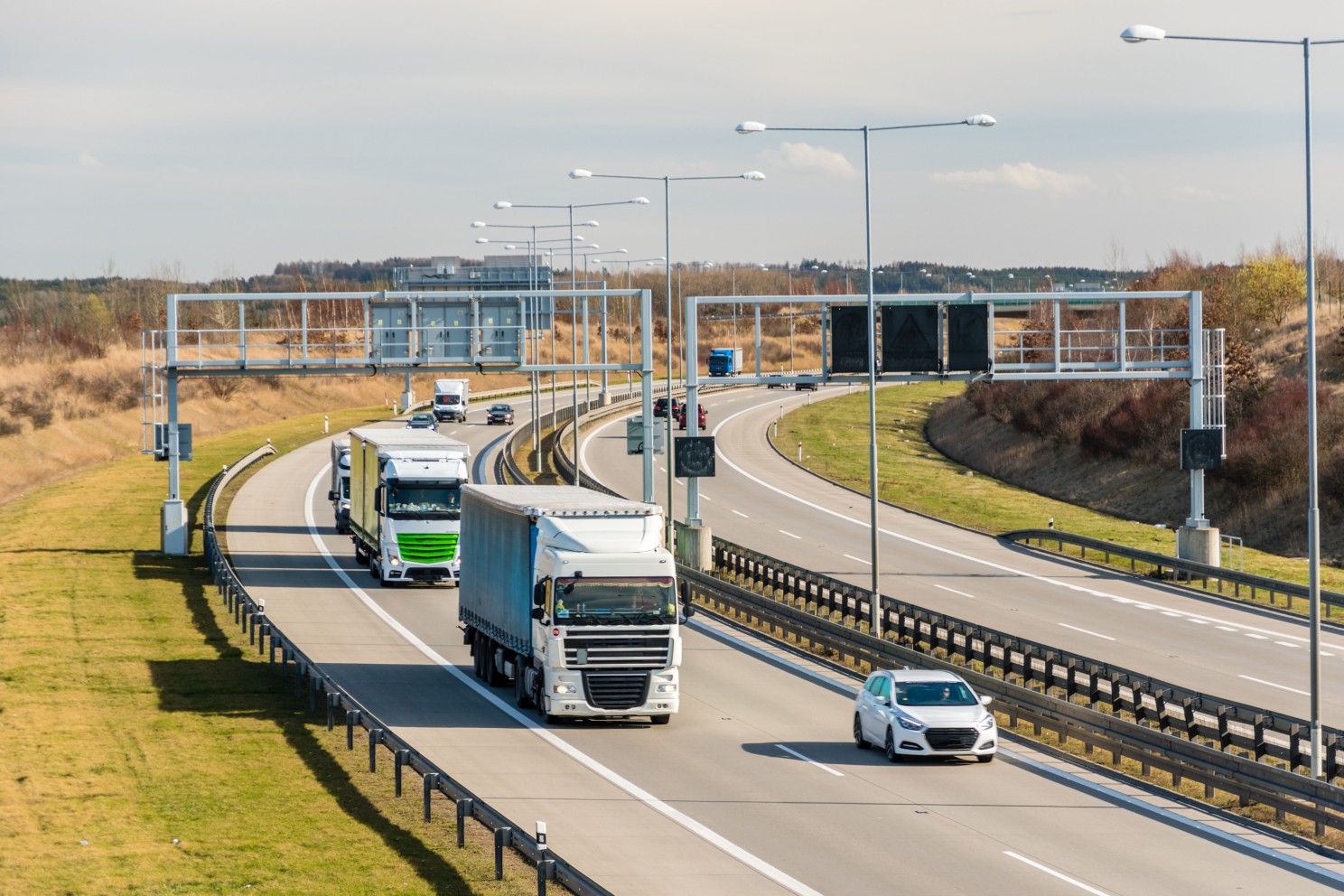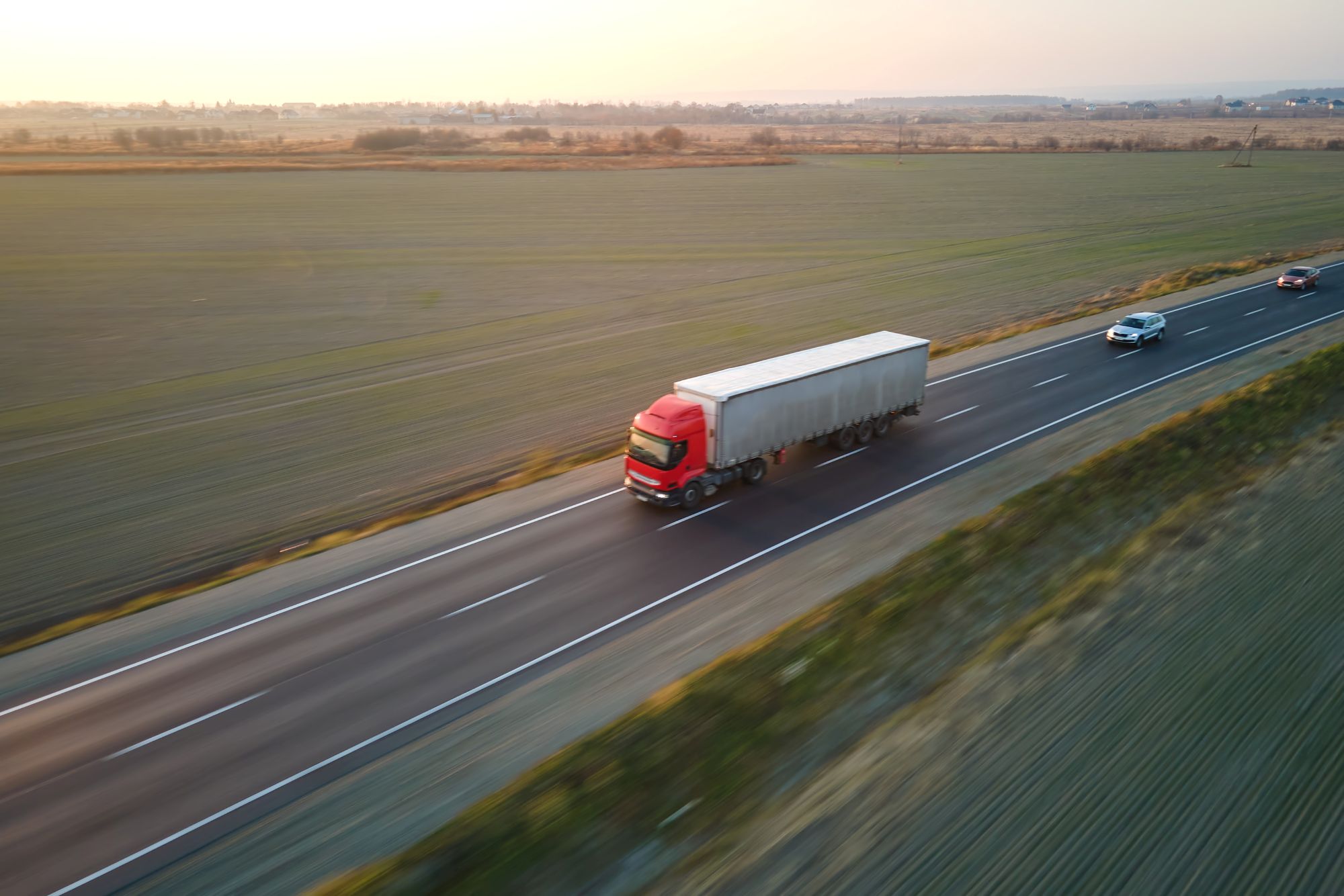
Susie Jones
Понимание новых тарифов на проезд грузовиков в Германии
Создано: 12.08.2024
•
Обновлено: 12.08.2024
В связи с постоянными изменениями в системе взимания платы за проезд грузовых автомобилей в Германии легко запутаться в многочисленных изменениях и правилах. Почти 83 % местных поездок грузовиков, охватывающих примерно 200 км, уже совершаются по платным дорогам, что подчеркивает влияние немецких пошлин на расходы автопарка.
В связи с повышением тарифов на проезд новые изменения сильно ударили по автопаркам. Изменения платы за проезд в 2023 и 2024 годах стали результатом поддержки правительством Германии Закона о внесении изменений в плату за проезд, который предусматривает следующее:
Новые тарифы на проезд
Введение платы за выбросы CO2
Отмена освобождения от платы за проезд для автомобилей, работающих на природном газе
Распространение платы за проезд на автомобили с разрешенной общей массой более 3,5 тонн.
Изменения 1 января 2023 года
Плата за проезд выросла в начале 2023 года. Решающими стали три фактора:
Количество осей
Класс выбросов
Допустимый общий вес комбинации транспортных средств.
1 декабря 2023 года изменения
В декабре были введены классы выбросов CO2 в качестве нового тарифного критерия. Рассчитанный на доплату в размере 200 евро за тонну выбросов CO2, он взимается со всех автомобилей с допустимой общей массой более 7,5 тонн. Индивидуальные размеры надбавок, в дополнение к текущему тарифу, зависят от класса выбросов.
Класс 1 - грузовые автомобили с самым высоким уровнем выбросов CO2 и, соответственно, самой высокой возможной надбавкой. Компания TollCollect, занимающаяся сбором платы за проезд грузовиков в Германии, относит все зарегистрированные автомобили к этому классу выбросов - операторы автопарков должны связаться с ними, чтобы подать заявку на более высокую классификацию, если они имеют на это право.
Классы 2 и 3 - оба класса присваиваются при вводе данных об автомобиле на портале TollCollect.
Класс 4 - грузовики с низким уровнем выбросов, например, автомобили на природном газе.
Класс 5 - грузовики с нулевым уровнем выбросов.
Изменения 1 января 2024 года
С 1 января 2024 года освобождение от платы за проезд для автомобилей, работающих на природном газе, больше не применяется.
Изменения 1 июля 2024 года
Плата за проезд будет взиматься со всех автомобилей с технически допустимой общей массой более 3,5 тонны. Есть несколько исключений из этого нового изменения:
Безэмиссионные автомобили с технически допустимой общей массой более 4,25 тонны.
Безэмиссионные тяжелые коммерческие автомобили - Это исключение действует до конца декабря 2025 года.
Транспортные средства, используемые торговыми предприятиями - Применяется для автомобилей общей массой менее 7,5 тонн.

Подготовка автопарка к июльским изменениям
До 1 июля вам необходимо проверить, облагаются ли ваши автомобили пошлиной, и если да, то как вы хотите оплачивать проезд.
Проверьте свои автомобили
Проверьте первую часть свидетельства о регистрации транспортного средства в поле F1. Если масса вашего автомобиля превышает 3,5 тонны, то вы обязаны оплатить проезд. Грузовые автомобили с TPMLM ровно 3,5 тонны или меньше не облагаются пошлиной.
Комбинации транспортных средств - если МПМЛМ буксирующего транспортного средства превышает 3,5 тонны, вы будете облагаться пошлиной. Комбинация с МПМЛМ более 3,5 тонн не будет облагаться пошлиной, если МПМЛМ буксирующего транспортного средства составляет 3,5 тонны или менее.
Требования по взиманию платы за проезд применяются к транспортным средствам, предназначенным или используемым для перевозки грузов по дорогам.
Торговые предприятия освобождаются от уплаты пошлин при определенных условиях.
Как оплатить проезд
Наиболее удобным способом оплаты является бортовое устройство (OBU), предоставляемое Toll Collect, поставщиками Европейских электронных услуг по взиманию автодорожных сборов (EETS) или их торговыми партнерами.
Для оплаты с помощью OBU необходимо зарегистрироваться в Toll Collect и договориться о встрече для установки - после установки установите вес "<7,5 тонн". Автоматическое взимание платы с помощью OBU начнется на автомагистралях и федеральных дорогах с 1 июля 2024 года.
Кроме того, вы можете оплатить проезд на сайте Toll Collect [https://www.toll-collect.de/en/tollcollect/tchomepage.html] или через приложение [https://apps.apple.com/gb/app/toll-collect-mauteinbuchung/id1321965602] перед началом поездки.
Освобождается ли мой коммерческий автомобиль от новых тарифов на проезд в Германии?
Чтобы получить право на освобождение для ремесленников, необходимо соблюдать следующие условия:
Управлять автомобилем могут только сотрудники торгового предприятия.
Перевозимые материалы, оборудование или машины должны быть необходимы для выполнения услуг и работ торгового предприятия.
Перевозимые изделия ручной работы должны быть произведены, обработаны или отремонтированы на предприятии торговца.
Вы можете зарегистрировать свои торговые автомобили онлайн на сайте Toll Collect. Торговые предприятия могут получить дополнительную информацию об исключениях на странице FAQ компании Toll Collect.
Можно ли ездить на грузовиках в Германии по воскресеньям?
Чтобы снизить интенсивность движения и обеспечить безопасность на дорогах, в определенные часы запрещается движение грузовиков. Запрет действует по воскресеньям, то есть водители грузовиков массой более 7,5 тонны не могут передвигаться с 12 утра до 10 вечера. Кроме того, запрет на вождение действует в следующие праздничные дни:
Новый год - 1 января
Страстная пятница - 18 апреля
Пасхальный понедельник - 21 апреля
День труда - 1 мая
День Вознесения - 29 мая
Уитсун - 8 июня
День объединения Германии - 3 октября
Рождество и Боксинг Дэй - 25 и 26 декабря
В период основных отпусков, с 1 июля по 31 августа, запрет на вождение грузовиков действует по субботам, то есть водителям грузовиков запрещено ездить с 7 утра до 8 вечера, когда на дорогах наблюдается большое количество автомобилей.



